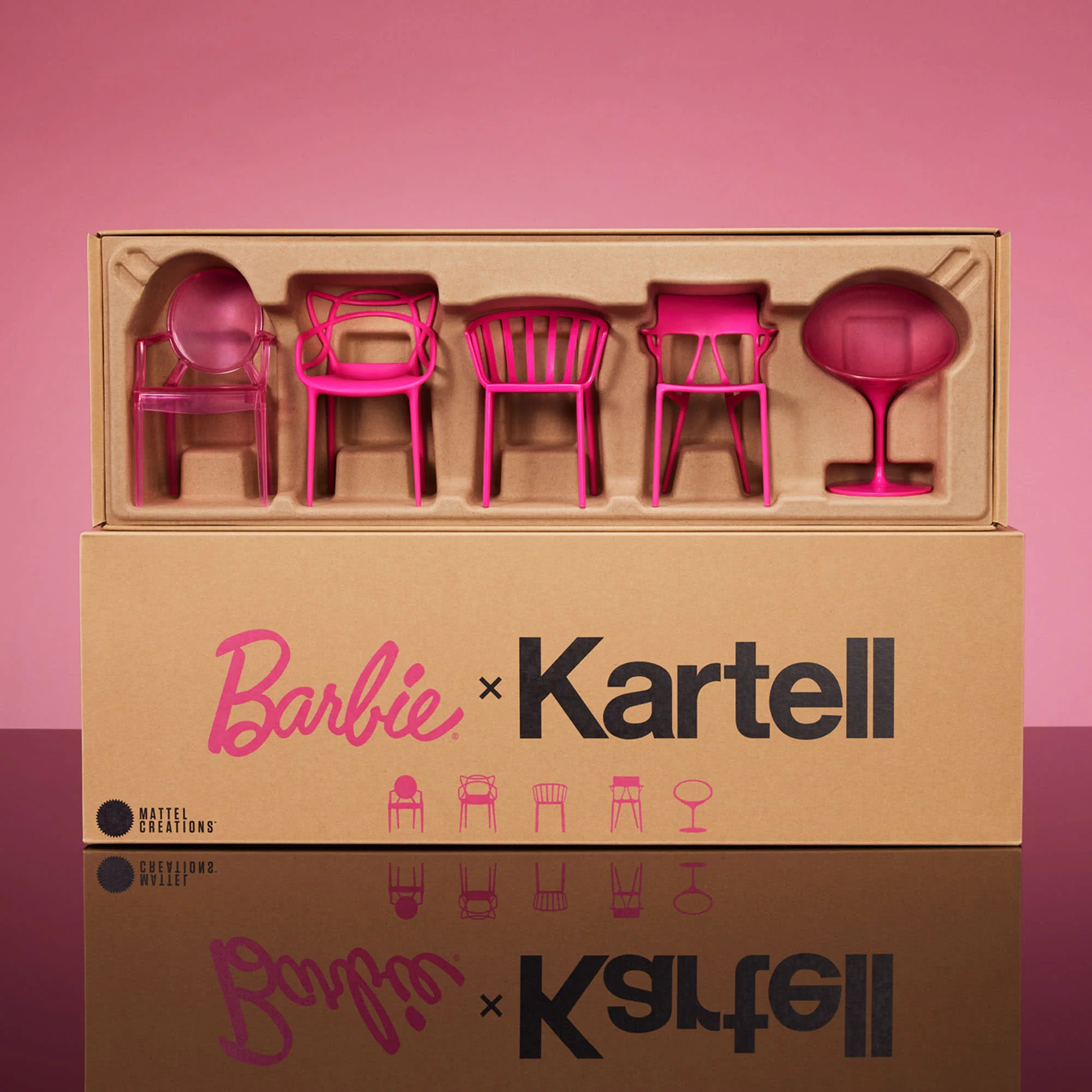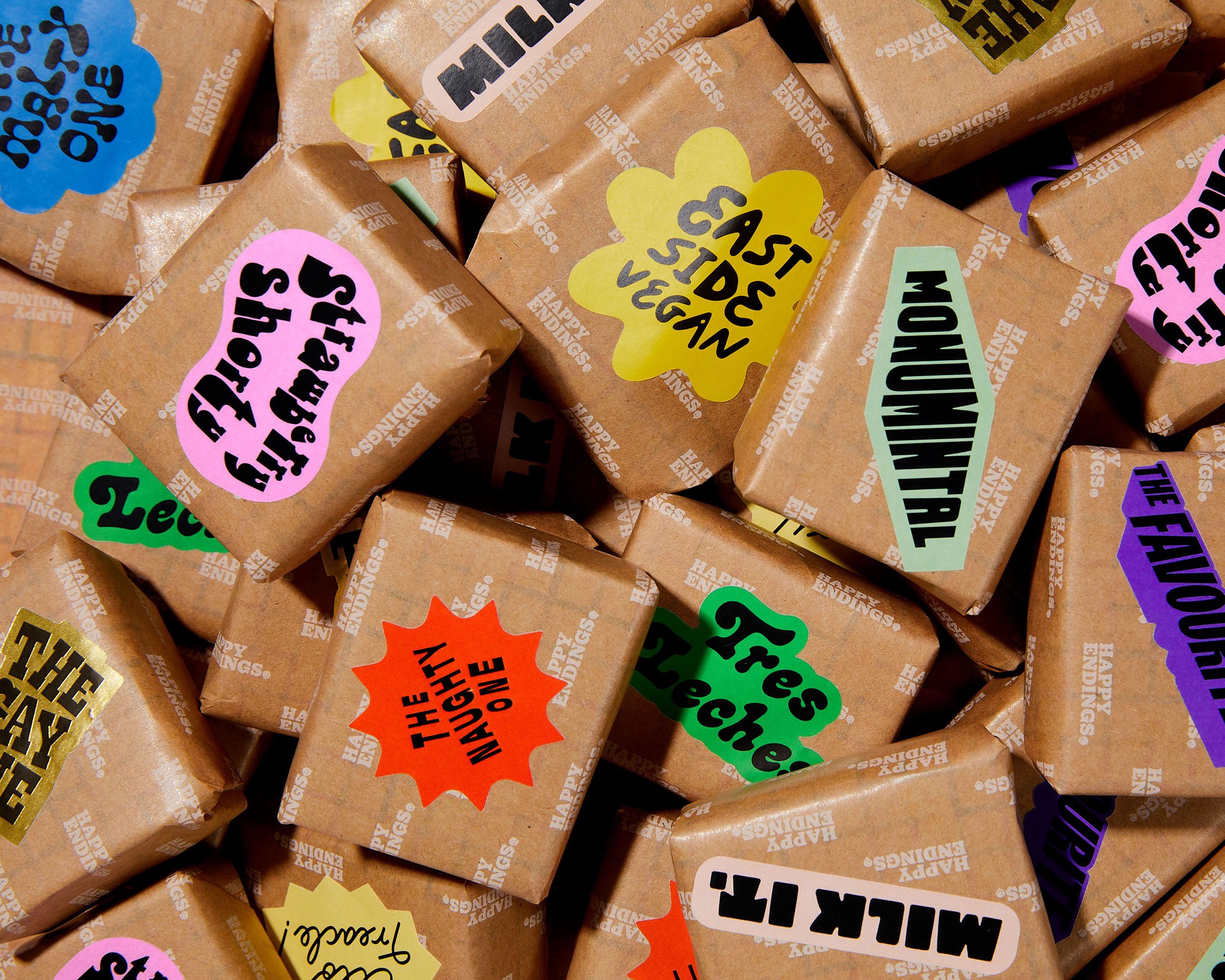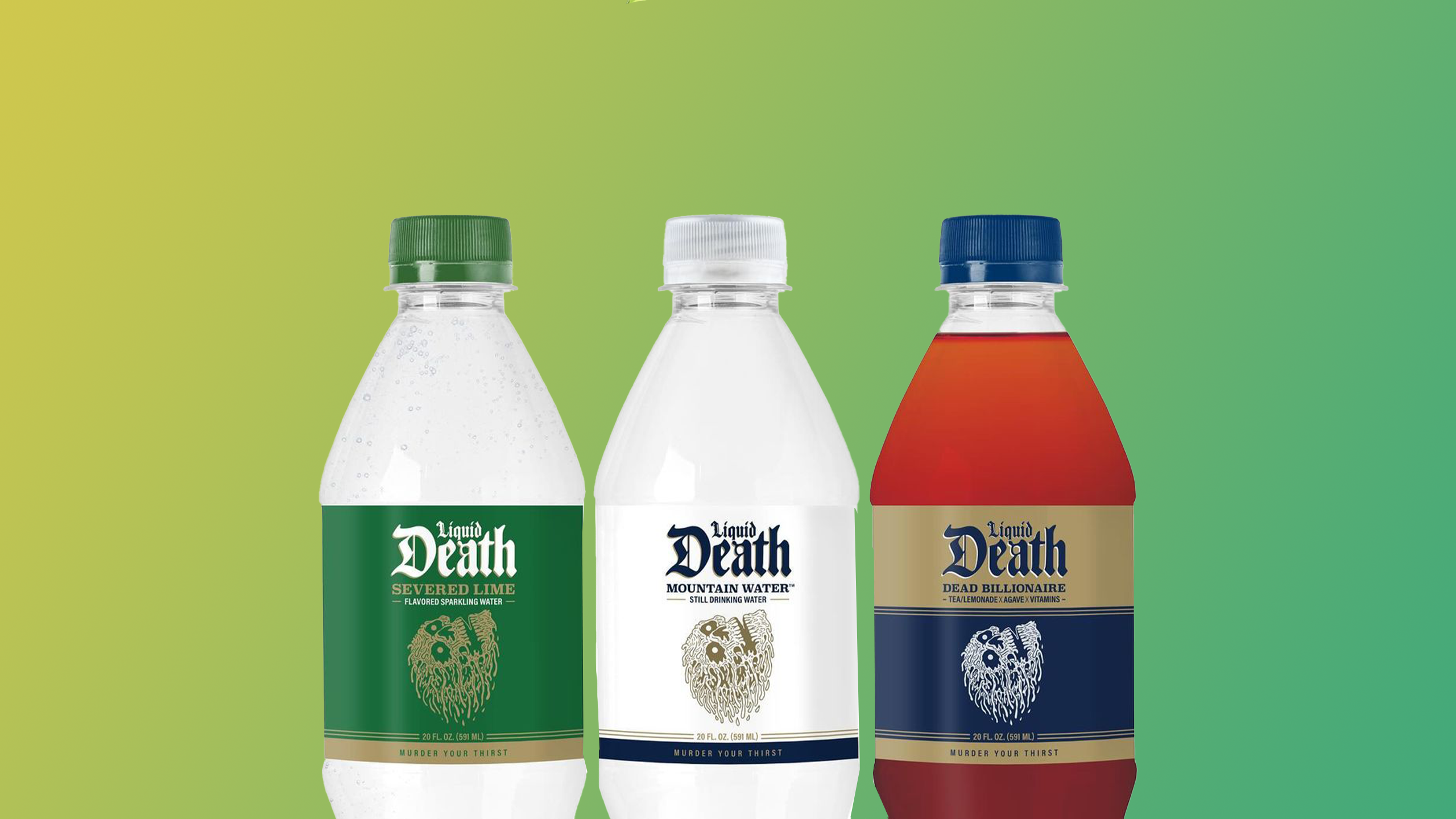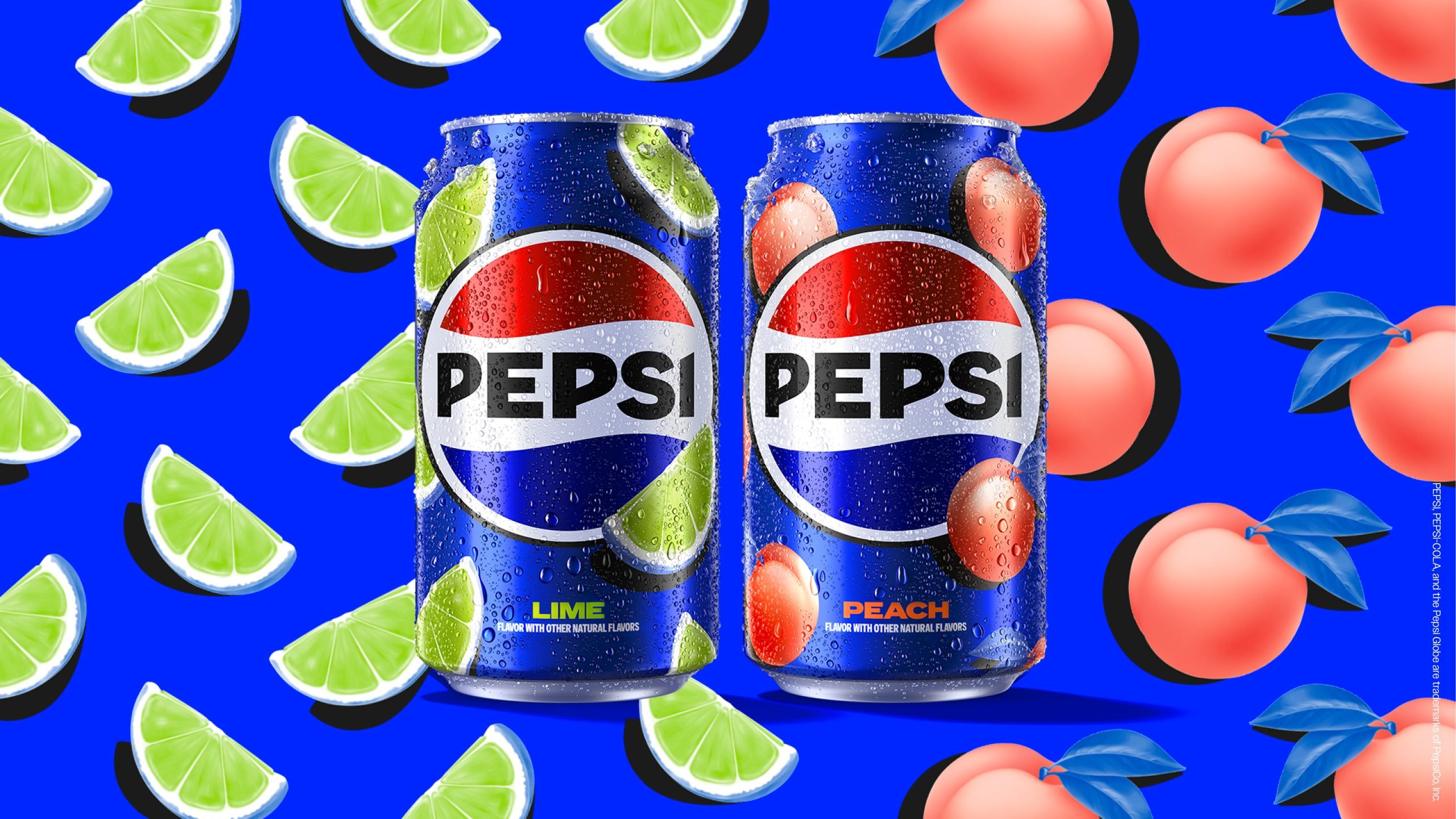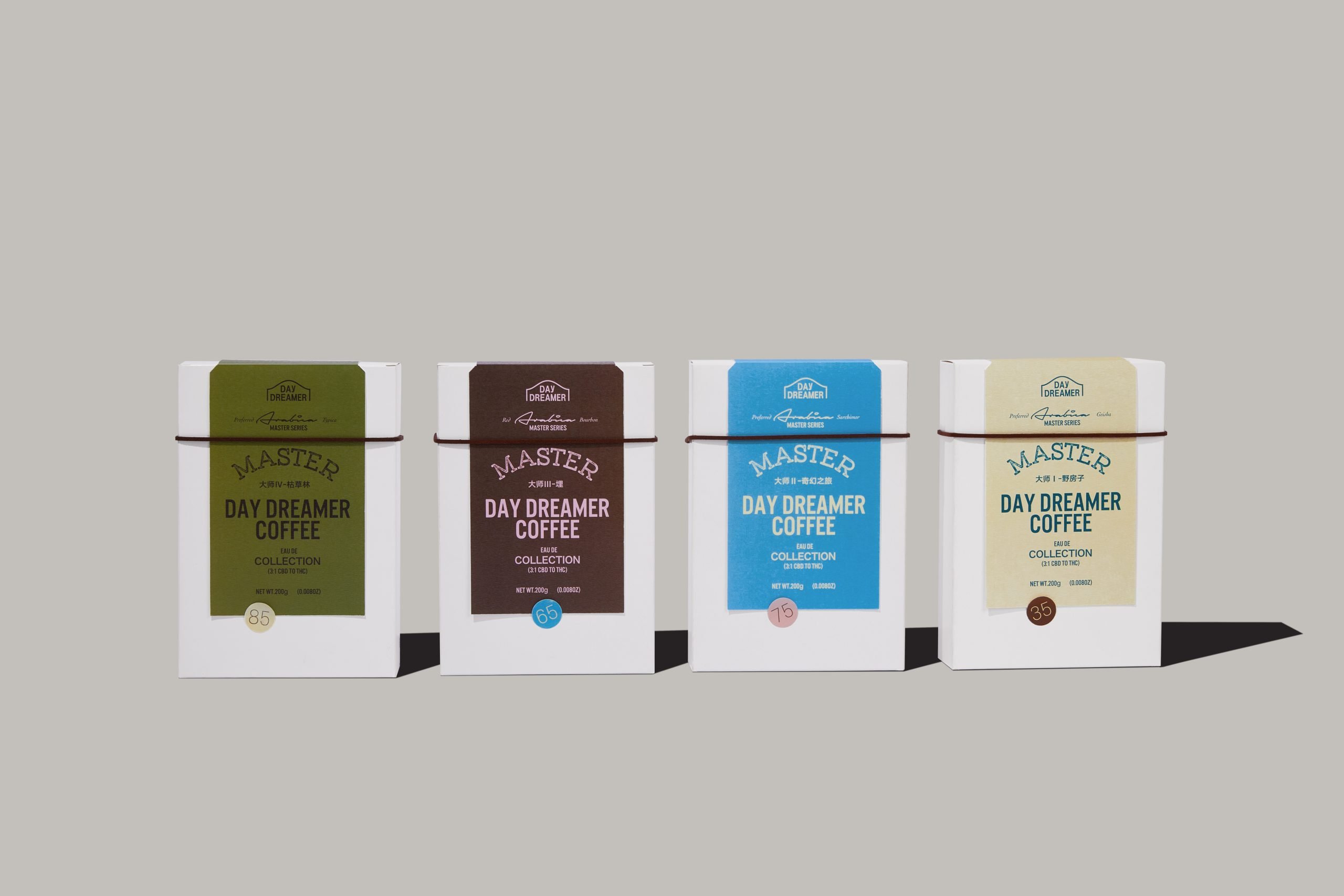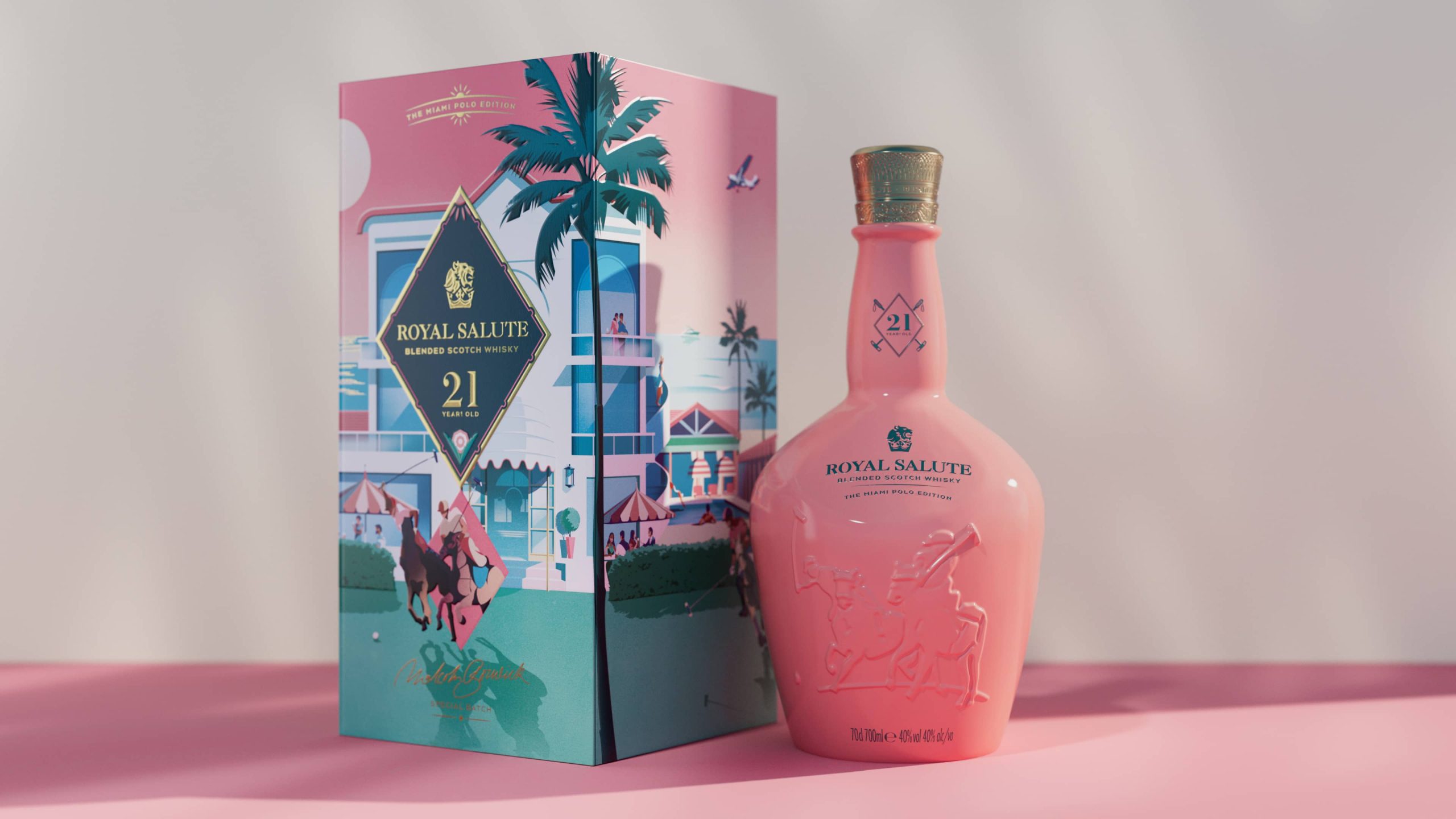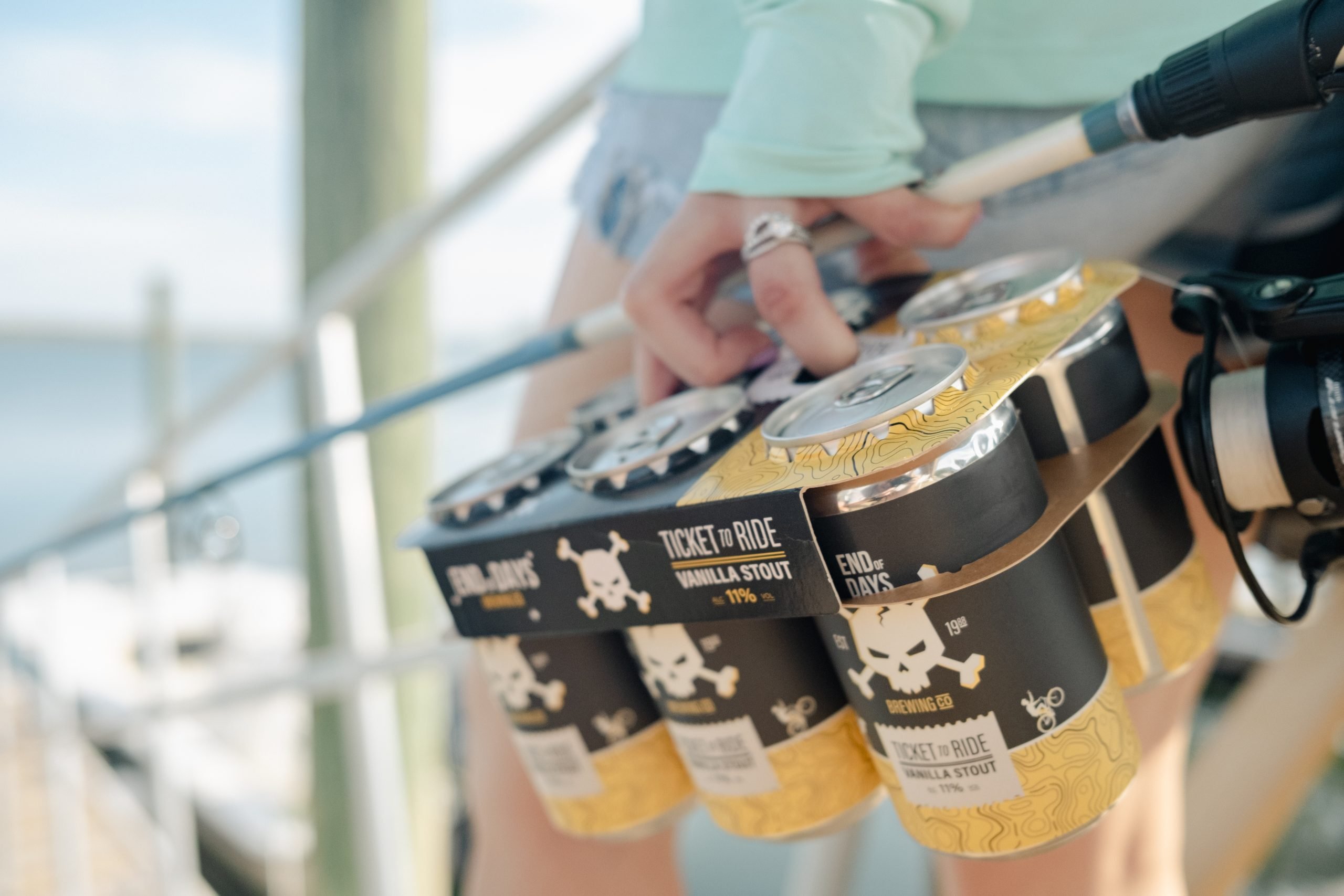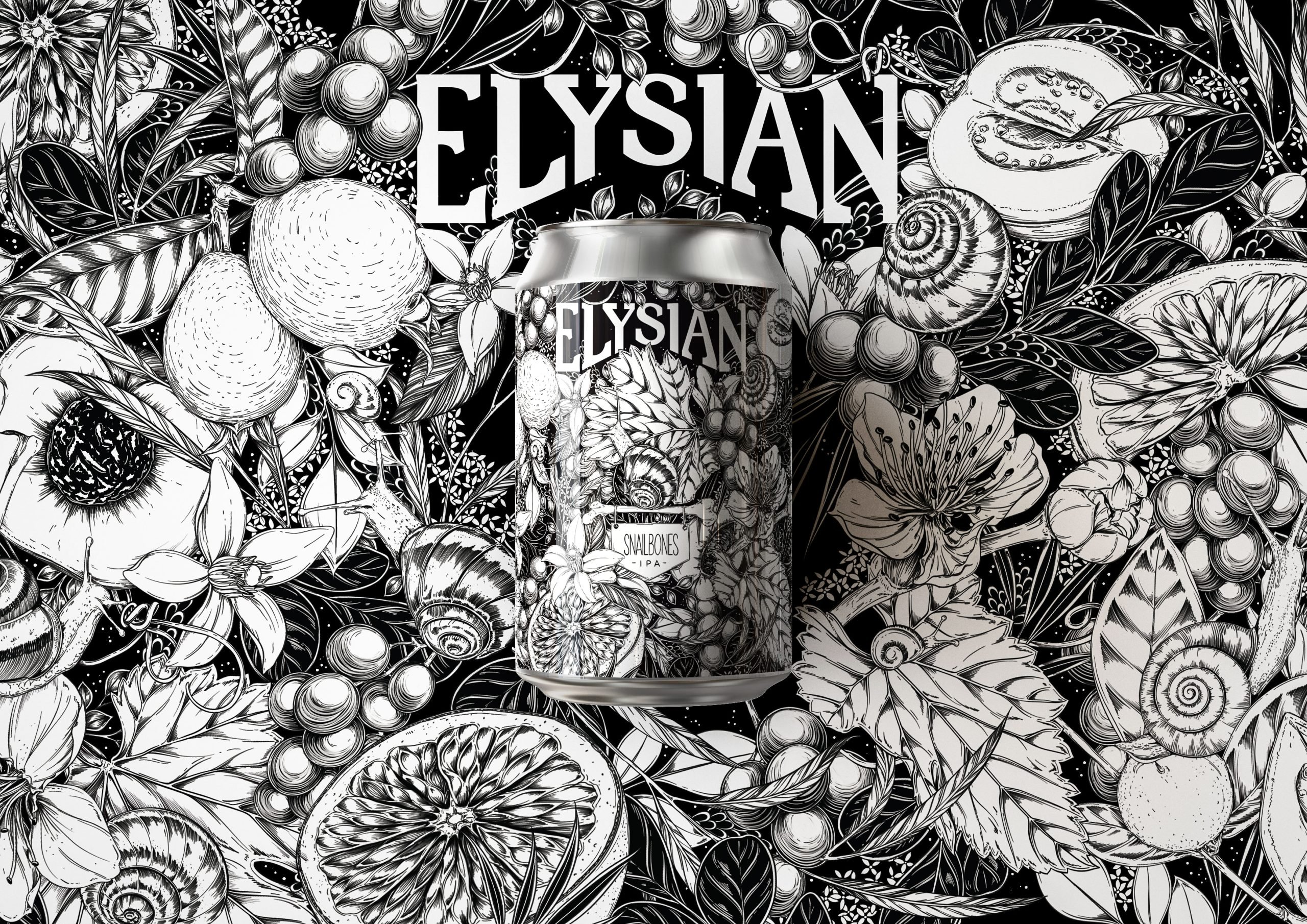The solution to the worldâs single-use plastic crisis isnât an easy one. We can all agree that a material used once and then takes over 500 years to decompose is not the most eco-friendly choice for packaging. But until a substitute comes along that is just as durableâand affordableâas plastic, manufacturers likely won’t budge.
Enter polylactic acid bioplastic (PLA for short). PLA looks and acts a lot like the regular plastic of the polyethylene or polystyrene variety, except this material is made from the sugars in crops like corn or sugarcane. The end result is biodegradable, carbon-neutral, and you can even eat it. But as much as we desperately wish PLA could be the much-needed solution to our single-use plastic problem, itâs not.
Thatâs not to say there isnât a time and place for PLA. Compared to a typical plastic productâ91% of which wonât get processed at a recycling center and will instead pollute our land and oceansâsomething that can instead biodegrade sounds appealing.
